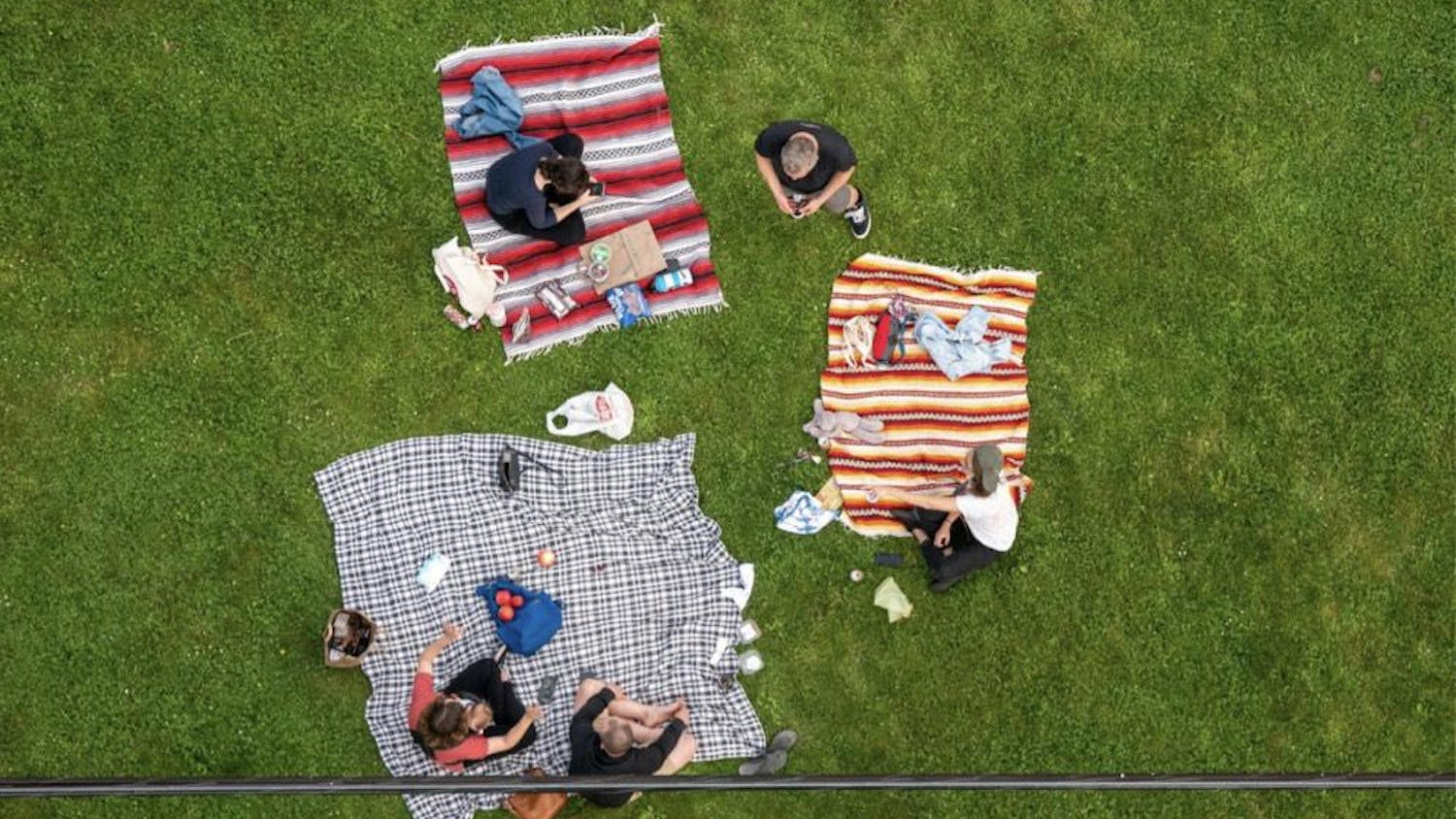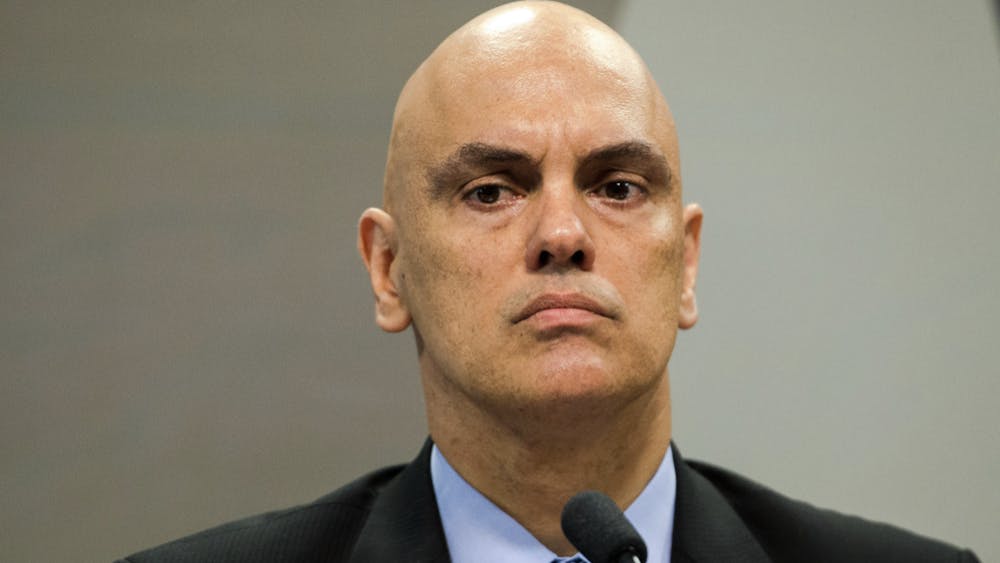This spring break, I had the fantastic opportunity to travel to Washington, D.C., and participate in the Science Policy Ethics seminar, run jointly by the College of Science and the Center for Social Concerns. Our week was chock-full of meetings with unbelievably talented researchers and hardworking government officials on The Hill while simultaneously navigating our way toward a basic understanding of the maze of laws and regulations behind funding science research. All the while, we also were building an understanding of how to think of these workings in a moral and ethical light.
Any discussion of my trip to D.C., however, would be incomplete if I neglected to mention my experience with the public metro system. Walking into the Metro Center station for the first time on our trip was an experience comprised of equal parts excitement, confusion and intrigue. Between endless station stops, formidable vaulted ceilings and commuters frantically running to their Yellow Line transfers, I initially found it hard to believe there was any semblance of order in this place at all ⎯ in other words, no way on God’s green Earth was I going to be able to navigate this city on my own. That was, until, I met my savior in the metro tunnels ⎯ the metro map.
At the beginning, getting used to the colors, dots and array of squiggles was quite the challenge, but getting down there in the midst of the craziness and navigating the system by simply using it was the only way I was able to become familiar with it at all.
As it turns out, my experience in the metro was indicative of my experience in D.C. that week. The seminar functioned in a similar way to the metro map, except, in this case, the depths of our careers and aspirations were being navigated instead of the streets of Washington D.C. Due to the organic and convoluted nature of both science and politics in this city, however, going from point A to point B with your research or policies is not as simple as going from the Capitol South to Pentagon City stations. Every agency we visited that week had a unique set of scientific innovations, policy initiatives and professional opportunities to offer that are contributing to the greater good, with each day offering a new route to take on the journey of life.
In this day and age, every infinitesimally small decision we make seems to have an infinite number of consequences. I know that I am not alone in having moments of immense uncertainty with the decisions I make today and their far-reaching impacts for tomorrow. Whether it is which class to take, which graduate school to apply for or how a Facebook status will be seen six years from now, our generation has come to realize ⎯ with a certain degree of accuracy ⎯ that the decisions we make now will have a profound impact on our futures for better or for worse. A side effect of this attitude, however, is the pigeonholing of our futures into distinct, set, tried-and-true paths from which there can be little or no deviation, if “success” is the end goal. Oftentimes, individuals, especially young people, neglect pursuing what they truly love in lieu of what they think will get them where they want to be. In high school, for example, one might stop pursuing art or music courses because the APs would look better for colleges, or students might discontinue involvement in clubs they were passionate about to take on a more impressive résumé-builder ⎯ I know I did. Not only is this perception fundamentally untenable, it actually may not be the right way to think about our futures.
My trip to D.C. continually challenged the notion that there are set tracks to life-fulfillment. The common thread that emerged with the people we met ⎯ all either scientific policy experts or people involved in policymaking ⎯ was that there is no common thread. There is no set track that gets you from point A to point B on The Hill, a fact that is easily applicable to all facets of life, whether it is professionally, emotionally or spiritually. Rather, the roads to “success” in life are as varied and diverse as life itself, making it nearly impossible to map out what our lives will be 10 days from now, let alone 10 years from now. From the microbiology Ph.D. that wound up as a legislative assistant for an Indiana congresswoman, to the M.D. who ended up as Managing Director of the Global Network for Neglected Tropical Diseases, it became clear to me as the week progressed that embracing the flexibility necessary to conform to the changes in any trajectory life can offer is key. The next time I’m faced with a big decision, I’ll try to remember this lesson, realizing that the map in front of me is a guide ⎯ not a set of commands.













